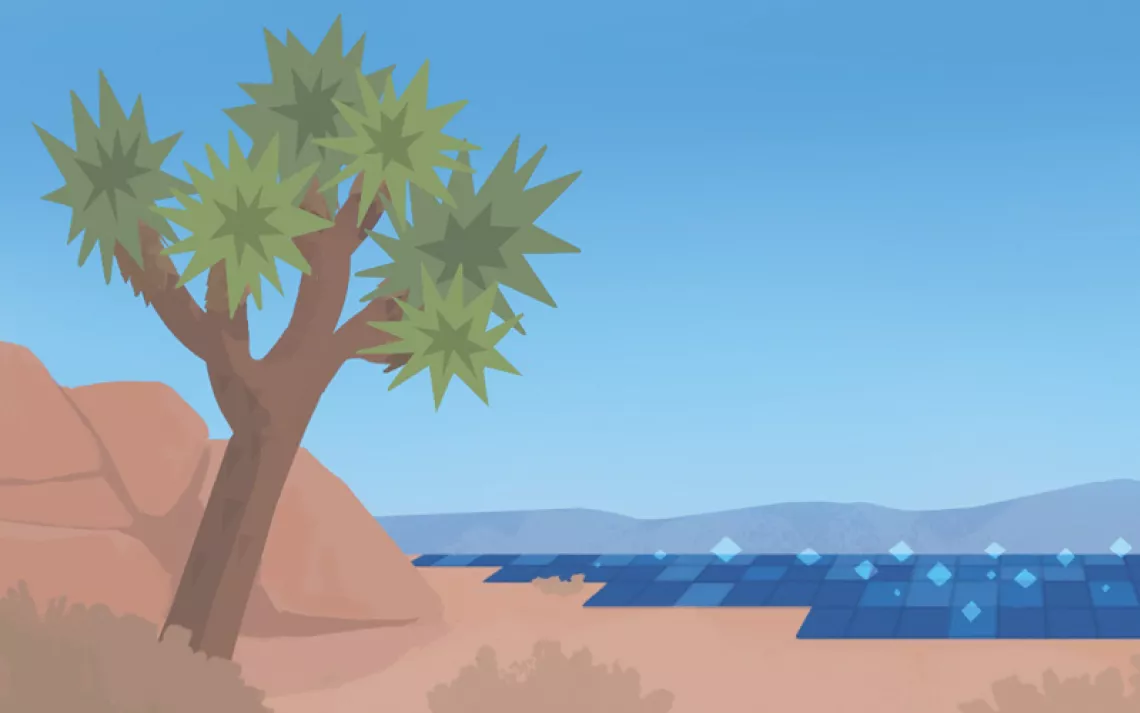How to Talk to Kids About Climate Change?
Here are 12 books that’ll help
These days, kids of all ages hear about climate change just about everywhere they turn. But understanding the underlying science—let alone the many tentacled effects of climate change on oceans, animals, once-temperate lands, and the air we breathe—is complicated. These nine new books (plus a few honorable mentions) give children the facts—sometimes straight up, sometimes couched within stories—to help them learn about the rapidly warming, melting, flooding, parching world that their (and our) generation is urgently tasked with protecting.
Ages 3–7
The Digger and the Flower ($18, Balzer + Bray) by Joseph Kuefler. This simple story about a backhoe that tries to protect a flower from urban sprawl offers parents a jumping-off point for talking to little children about the ways in which plants keep our planet’s soil and air healthy. It also sends a subtle message about how we can help repair the damage that now contributes to climate change by planting some flower seeds of our own.
Array
Ages 4–8
The Brilliant Deep ($18, Chronicle Books) by Kate Messner, illustrated by Matthew Forsythe. If your kid’s an ocean-lover, it’s likely she already knows that the world’s coral reefs are dying due to ocean warming and acidification. This book offers a much-needed hopeful message about the restoration work being carried out by the Coral Restoration Foundation. It shows children that while climate change is grim, we do have the power to repair some of the destruction it’s already wrought.
Array
Ages 5–6
Great Polar Bear ($18, Seagrass) by Carolyn Lesser. Illustrated with exquisite cut-paper collages, Lesser’s lyrical look at how polar bears struggle to survive the seasons allows young readers to develop an emotional connection to this vulnerable species. This makes the back matter—which explains in detail how climate change is leading to rapid polar bear decline—all the more poignant.
Array
Ages 6–10
Icebergs & Glaciers ($18, Harper) by Seymour Simon. Understanding shrinking icebergs and glaciers is critical to understanding cause and effect: Temperatures warm, causing ice to melt, causing oceans to rise, causing cities and towns to flood. Climate-change-specific facts are embedded within Simon’s broader exploration of frozen regions—for example, the rate at which Iceland’s ice sheets are shrinking and how increasingly thirsty countries contemplate using icebergs as sources of fresh water. Accompanying photos offer glimpses of a beautiful but disappearing world.
Array
Ages 7+
Look at the Weather ($20, Owlkids) by Britta Teckentrup. To better understand climate change, it helps to understand rain, snow, and storms—and their roles in the intense varieties of weather that are becoming increasingly common as Earth warms. This tome strikes that rare note between fact—say, how water turns to ice in the atmosphere—and art, offering poetic musings on sun showers and ocean fog. Its text is set atop evocative landscape paintings.
Array
Ages 8–12
The End of the Wild ($17, Little Brown) by Nicole Helget. Fracking advocates argue that natural gas burns cleaner than coal, while detractors point out that it leaks methane, intensifying climate change. This novel centers around a girl living in a depressed rural area where residents fall under the sway of a jobs-promising fracking company. It deftly explores the collateral damage of hydraulic fracturing: water pollution, the destruction of ecosystems, and the ways in which differing opinions can also fracture relationships.
Array
Ages 9–13
Rising Seas ($20, Firefly) by Keltie Thomas. This primer on climate change is loaded with information about why our oceans are rising, what it has to do with soaring global temperatures, and the ways in which certain places—from Miami to Kiribati to Antarctica—are literally drowning. Pumping out straightforward facts, this book doesn’t offer any cheerful prognoses. Most tweens, however, already know that swift, strong climate action is required of them—and this book’s back matter suggests 10 ways to make a difference.
Array
Ages 10+
When the Sky Breaks ($23, Smithsonian) by Simon Winchester. Winchester recounts monster storms such as Hurricane Sandy and Cyclone Tracy, explaining to older kids how they’re part of shifting global weather patterns rather than isolated freak occurrences. This book also delves into how human behavior worsens storms and the myriad unpleasant effects we can expect to experience as the decades march ever-hotly on. This is a serious book for the seriously science-minded, providing answers to pressing questions about climate change and serving as a call to action.
Array
Ages 12+
Legacy ($18 pre-order, Putnam) by Jessica Blank. In the 1990s, before climate change had become a household term, young activists in Washington State began occupying old-growth forests to protect them from logging companies. This novel uses those events as the setting for the personal drama unfolding in the life of its protagonist. Teen readers will connect those early environmental efforts to the present—and will be moved by the book’s gentle but poignant plea for the spiritual necessity of wild places.
Array
Honorable Mentions:
Ages 6–10
A Place For… ($17 each, Peachtree) by Melissa Stewart, illustrated by Higgins Bond. Focused on bats, butterflies, frogs, fish, birds, and turtles, this series doesn’t expressly mention climate change. But in explaining the link between human behavior and the health of wild animals, it makes a clear case for protecting those ecosystems that are disappearing due to rising temperatures.
Array
Ages 7–14
The Wolves of Currumpaw ($24, Flying Eye) by William Grill. A remarkable illustrated biography of wolf hunter Ernest Thompson Seton, this book concludes with Seton’s dramatic change of heart about wild animals and the environment. Readers learn that Seton eventually went on to co-found the Boy Scouts of America, and that in 2013, the organization mandated that its Eagle members earn sustainability badges—a critical nod to human contributions to climate change.
Array
Ages 8–12
The Global Warming Express ($15, Terra Nova) by Marina Weber, illustrated by Joanna Whysner. Sometimes, a message is better received when it’s delivered by peers. This fanciful tale about a group of animals alarmed by climate change and determined to fight it was written and illustrated by the nine-year-old founders of the Global Warming Express nonprofit. Their message to young readers: If they can do it, so can you.
Array
 The Magazine of The Sierra Club
The Magazine of The Sierra Club




